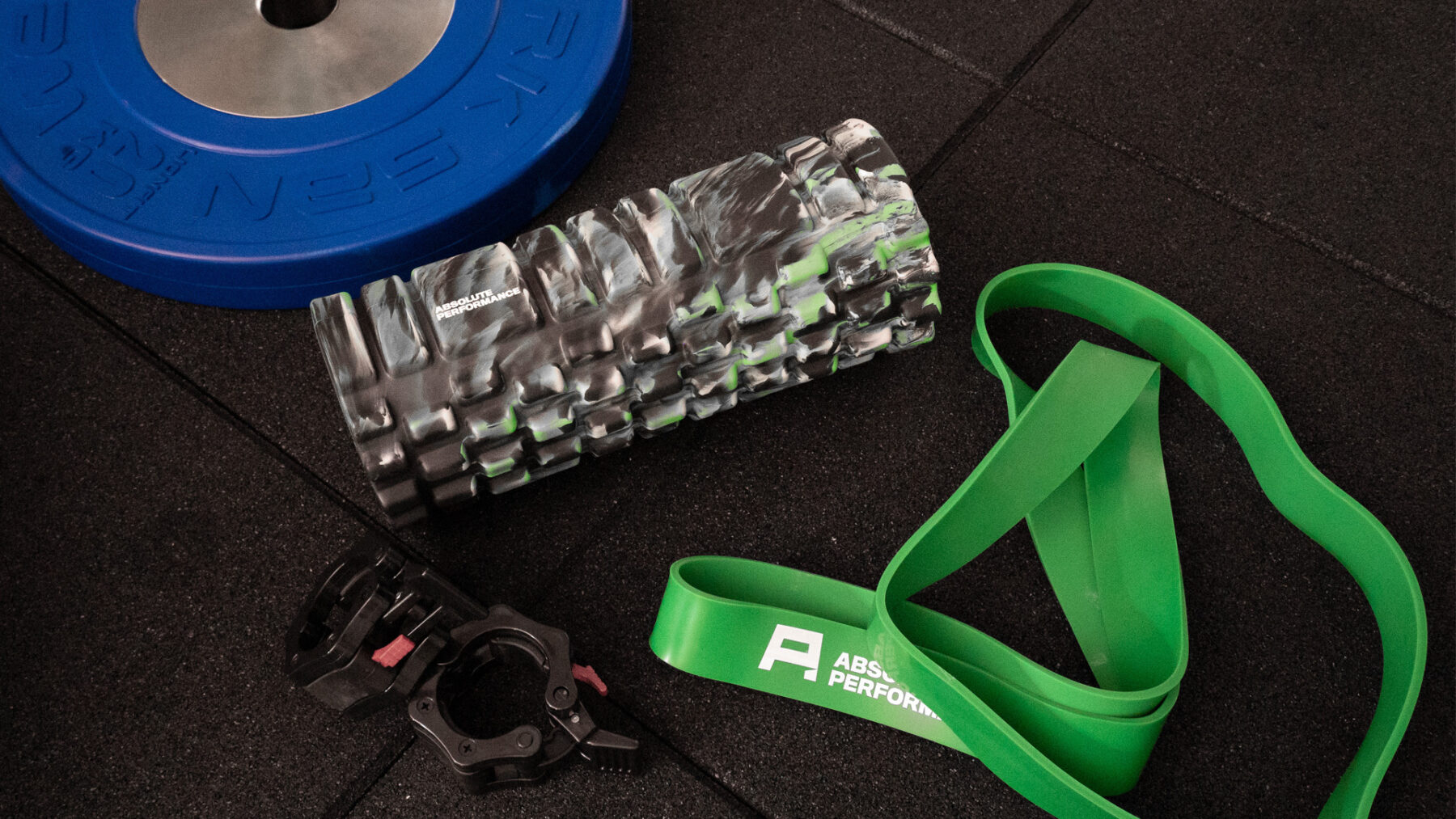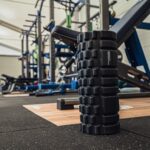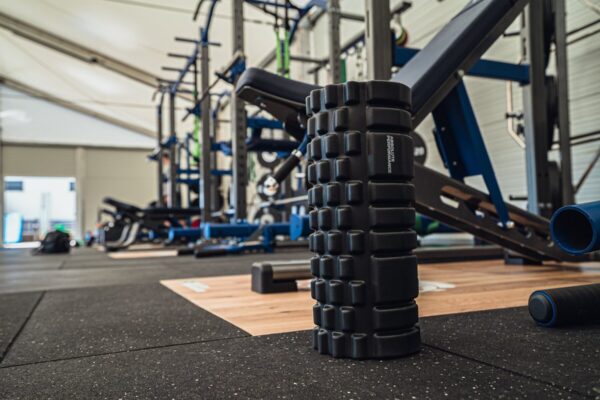DOMS CAN BE A REAL PAIN, SO KEEP ACTIVE AND RECOVER FASTER
Reaching your fitness goals can feel like an uphill battle a lot of the time. Many of us struggle to begin with and find ourselves avoiding the gym in order to avoid the inevitable next day aches and pains that we’re all too familiar with after a particularly thorough workout. If this sounds familiar, you might want to try out active recovery to not only avoid this situation, but to improve your overall fitness too! It’s a simple activity that’s simple to work into your lifestyle – whether you exercise outside of the home or in a home gym. Despite not taking up too much time, it can make a hugely positive difference; it’s definitely worth taking into consideration! Here’s a little more information on the subject!
What Is Active Recovery?
Put simply, active recovery is any type of low-intensity workout that is performed after a long, vigorous or strenuous workout. While it can be tempting to completely rest after intensive exercise (something that is referred to as “passive recovery”), many believe that active recovery is much better for your body. Rather than sitting, lying down or a period of inactivity, activities such as walking, yoga or swimming could be recommended.
Benefits of Active Recovery
Active recovery comes hand in hand with a whole host of benefits. By engaging with low-intensity activity after working out, you can reduce lactic acid bumps in your muscles. This can reduce the sore and painful feeling you may be familiar with experiencing the day after your workout. Active recovery can also help to eliminate toxins from your body, keep your muscles flexible and increase blood flow, at the same time as further improving your overall fitness and physical well being.
Is Active Recovery Always Better Than Passive Recovery?
Of course, there are situations where passive recovery is more appropriate and may be recommended. If you are in pain or suffering from an injury, or if you have been completely exhausted by your exercise regime, then passive recovery could be better for you. However, if you are in good health, active recovery is preferable.
When to Try Out Active Recovery
There are a number of ways that you can incorporate active recovery into your fitness plan. Perhaps the most popular is to practice active recovery for around ten minutes directly after an intense workout. You could consider it a cooldown activity. Another option is to incorporate active recovery into interval or circuit training. Here, you can practice active recovery between sets. A final option is to incorporate active recovery into your rest days. Here, you can dedicate a little more time to it.
As you can see, active recovery is an important part of most fitness regimes and is something that you might want to seriously consider incorporating into your plan. Hopefully, the above information has served as a good starting point and will help to get you started out in the right direction!





